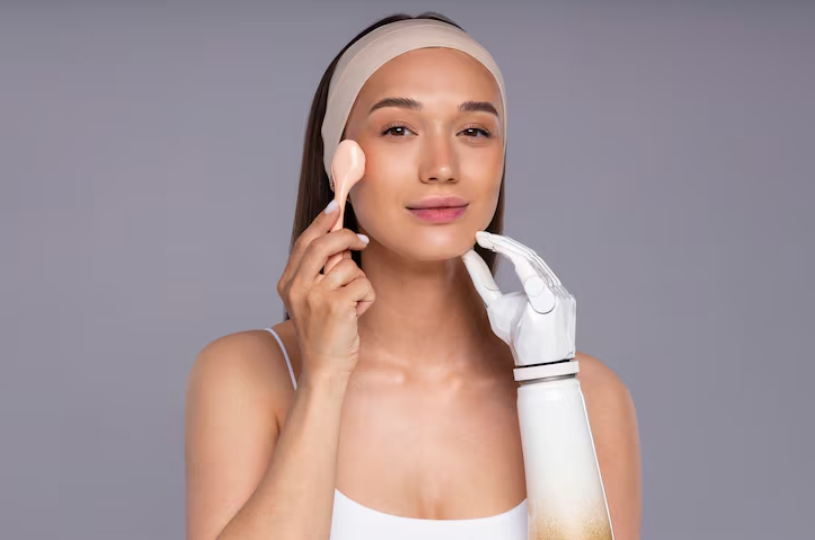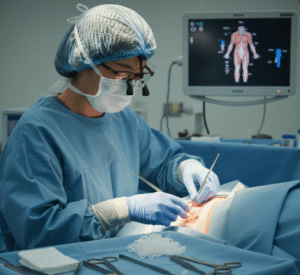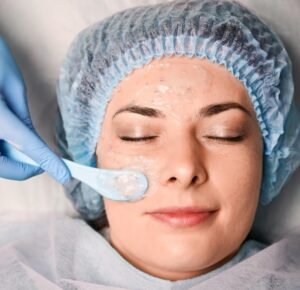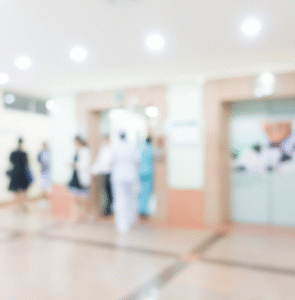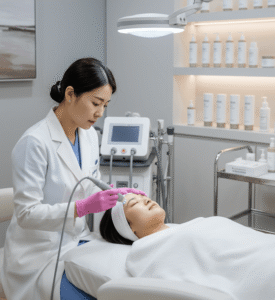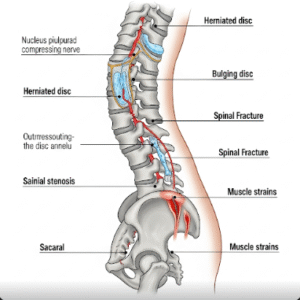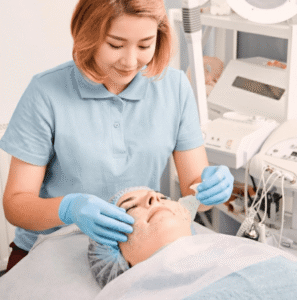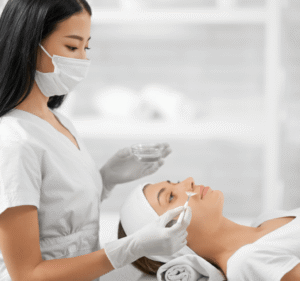What It Is
A deep plane facelift is one of the most advanced facelift procedures available. Unlike traditional or SMAS facelifts, which lift skin and superficial tissues, the deep plane facelift repositions the deeper facial muscles, fat pads, and ligaments in a single, unified layer. This approach avoids tension on the skin, providing a more natural, youthful, and longer-lasting result. In Korea, where surgical precision and aesthetics are highly valued, the deep plane facelift is performed by top-tier plastic surgeons for patients seeking significant rejuvenation.
Why It’s Done
Patients choose a deep plane facelift because it:
- Corrects severe sagging in the cheeks, jawline, and neck
- Restores youthful volume by repositioning midface fat pads
- Smooths deep nasolabial folds and marionette lines
- Creates a natural look without the “pulled” or tight appearance
- Offers results that can last 10–15 years, longer than other facelift types
Alternatives
- Mini facelift: For patients with mild to moderate sagging
- SMAS facelift: Targets deeper layers but not as comprehensive as deep plane
- Non-surgical lifts (Ultherapy, thread lifting, fillers): Less invasive but temporary solutions
- Fat grafting or injectables: Improve volume but don’t address severe sagging
Preparation
- Full facial evaluation with 3D imaging and skin elasticity tests
- Blood work, ECG, and anesthesia clearance before surgery
- Avoiding smoking, alcohol, and blood-thinning medications for 2–3 weeks prior
- Pre-surgery consultation to review goals and realistic outcomes
- Fasting on the day of surgery if general anesthesia is required
How It’s Done
- Performed under general anesthesia
- Incisions are hidden along the hairline and around the ears
- The surgeon releases and repositions the deeper ligaments, muscles, and fat pads as a single layer
- This method re-drapes the skin without tension, giving a natural look
- Surgery typically lasts 4–6 hours
- Most patients stay 1–2 nights in the hospital for monitoring in Korea’s advanced medical facilities
Recovery
- Swelling and bruising are more noticeable than with a mini facelift but fade within 2–4 weeks
- Patients usually resume light activities after 2 weeks and full activities after 4–6 weeks
- Final results appear gradually over 3–6 months as tissues heal and settle
- Korean clinics provide specialized recovery support such as lymphatic massage, scar care, and laser treatments
Possible Complications
- Bruising, swelling, and temporary numbness
- Rare risks include bleeding, infection, or nerve injury
- Asymmetry or dissatisfaction with results if not performed by a skilled surgeon
- Longer downtime compared to other facelift methods
Treatment Options in Korea
Diagnosis
Korean plastic surgeons use 3D facial scanning, photography, and detailed skin/muscle analysis to design a personalized surgical plan. Patients often undergo simulations to preview expected results.
Medical Treatments
For patients not ready for surgery, Korean clinics offer thread lifts, Ultherapy, Thermage, and injectables to delay the need for a deep plane facelift. These can also be combined with surgery for maintenance.
Surgical or Advanced Therapies
- Full deep plane facelift for advanced sagging of the midface, jawline, and neck
- Often combined with neck lift, eyelid surgery, fat grafting, or laser resurfacing for holistic rejuvenation
- Korean surgeons utilize minimally invasive techniques to reduce scarring and recovery time while maximizing results
Rehabilitation and Support
- International patients benefit from customized recovery packages, translation support, and dedicated care coordinators
- Rehabilitation programs often include swelling-reduction treatments, scar management, and regular follow-up appointments
- Clinics emphasize long-term care, ensuring results last for over a decade
Advantages of receiving a deep plane facelift in Korea:
- Surgeons with specialized training in advanced facial surgery
- Cutting-edge technology and meticulous techniques for natural outcomes
- Lower costs compared to Western countries despite premium care
- Comprehensive aftercare and international patient services
- Long-lasting results that rejuvenate both structure and skin

